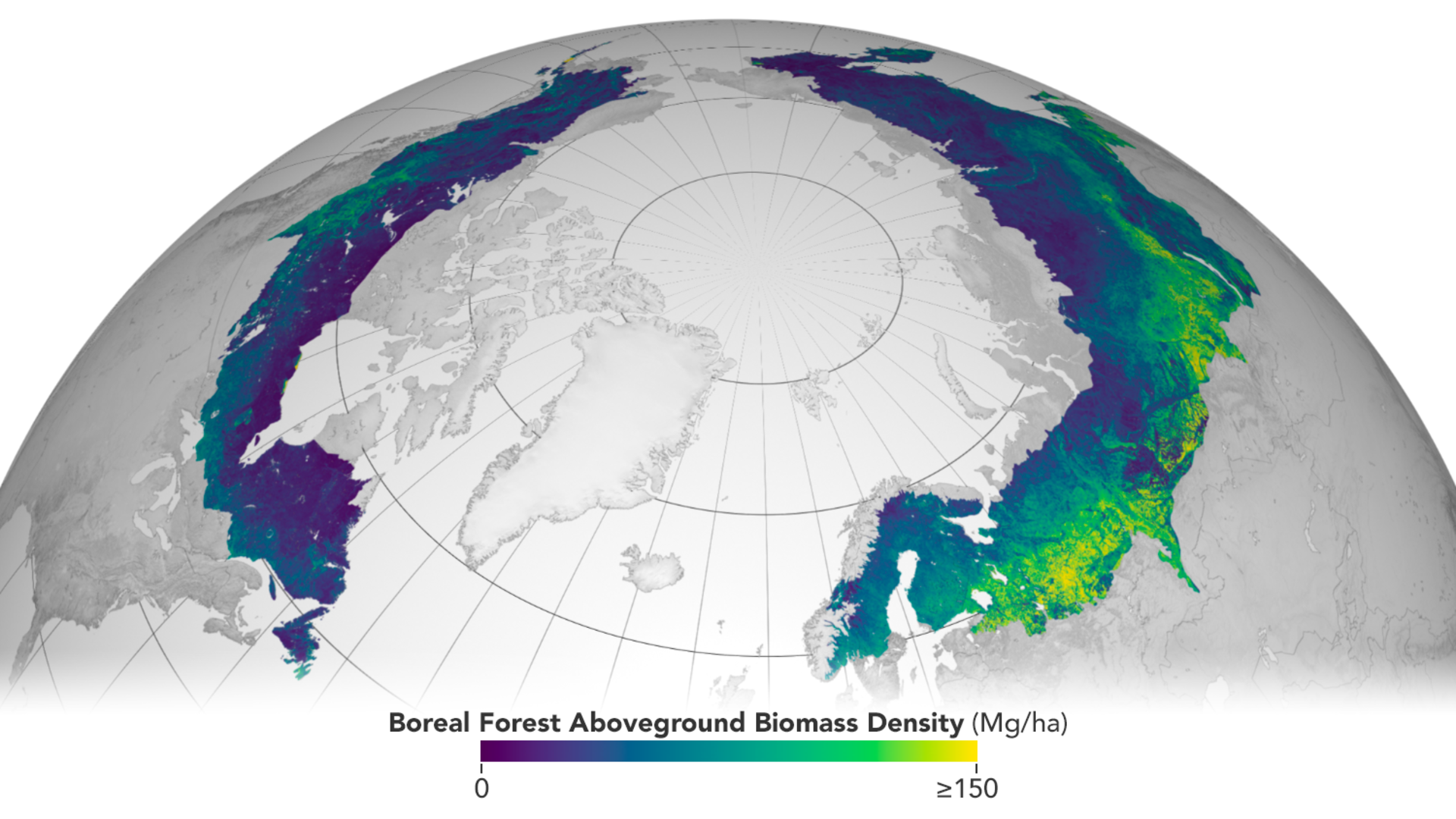ESA’s Biomass mission is a major step in monitoring global forests. It’s the first satellite to use P-band synthetic aperture radar (SAR) for detailed forest biomass measurement. But Biomass is also notable for how it makes its data accessible through platforms like MAAP and ASCEND, promoting open science and collaboration.
Listen to the Podcast
MAAP: A Starting Point
MAAP, developed by ESA and NASA, helps scientists collaborate on biomass data analysis and algorithm development. It combines data from NASA’s GEDI, NISAR, and ESA’s Biomass missions. MAAP’s cloud-based system eliminates the need for users to have their own high-performance computing setups.
MAAP hosts the open-source BioPAL algorithms used to process Biomass mission data. Scientists worldwide can access and test these algorithms, validating and improving them. MAAP also supports combining satellite data with ground and airborne measurements for better accuracy.
ASCEND: A More Powerful Successor
As Biomass neared launch, ESA introduced ASCEND (Advanced Data Access and Processing Services for Collaborative Earth Observation Ground Segment). ASCEND expands MAAP’s concept into a scalable, multi-mission platform. Supporting missions like EarthCARE and FLEX, ASCEND offers more computing power and better data processing.
Why ASCEND?
Biomass generates large amounts of data. ASCEND lets users process it in the cloud, running algorithms like BioPAL without downloading data. It offers improved data discovery, uses international standards, and connects to communities like GeoTrees for validation.
ASCEND turns MAAP’s pilot approach into a fully operational, long-term platform ready for routine scientific use.
Key Benefits of ASCEND
- Unified Access: Data from multiple missions in one platform.
- Cloud Processing: Run algorithms without downloading large datasets.
- Collaboration Tools: Develop and share algorithms.
- Better Data Access: Modern catalog and search tools.
- Interoperability: Works with NASA’s MAAP and integrates GeoTrees data.
- Reliability: Supported by ESA’s infrastructure and security.
ASCEND and Open Science
ASCEND promotes open science by providing transparent access to data and algorithms. Researchers can check results and use data for climate action and forest conservation.
Conclusion
ESA’s move from MAAP to ASCEND prepares for the future of Earth observation. ASCEND builds on MAAP’s success, offering a scalable, collaborative platform that meets the demands of Biomass and other major missions.
By combining cloud computing, open science, and global partnerships, ASCEND is helping tackle today’s environmental challenges.
Further Reading
- ESA MAAP Explorer
- ESA MAAP Catalogue
- NASA-MAAP
- Albinet, C., Whitehurst, A. S., Jewell, L. A., Bugbee, K., Laur, H., Murphy, K. J., … & Duncanson, L. (2019). A joint ESA-NASA multi-mission algorithm and analysis platform (MAAP) for biomass, NISAR, and GEDI. Surveys in Geophysics, 40, 1017-1027.
- Queune, T., Albinet, C., Dion, I., Lopes, C., Pinheiro, M., Rommen, B., & Scipal, K. (2024). The BIOMASS Mission Algorithm & Analysis Platform (MAAP) and Related Open-Source Developments (BioPAL and GEOTREES) (No. EGU24-20778). Copernicus Meetings.



Responses